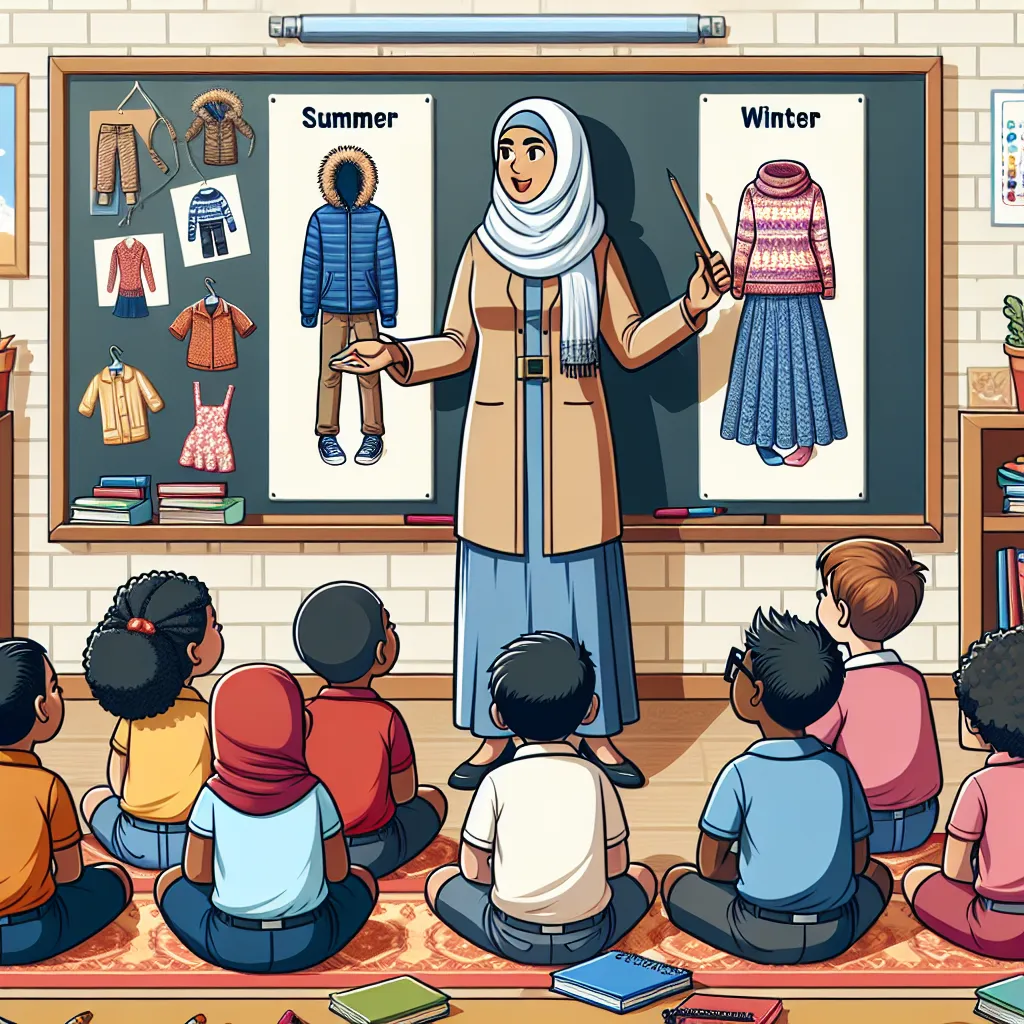Ask AI on The Internet
Question: QUESTION 2: 2.5 Critically discuss the role of equilibrium in Piaget's theory of cognitive development and discuss how it relates to the balance between existing knowledge and new learning in a learner's mind. Provide ONE (1) example of a situation where a learner achieves equilibrium. (3) 2.6 Create a short activity that demonstrates how a Grade R teacher builds new knowledge onto existing knowledge in the classroom. Use any ONE (1) of the following topics: - Transport - Seasons - Farm animals - Healthy lifestyle - Safety
### Question 2: #### 2.5 Role of Equilibrium in Piaget's Theory of Cognitive Development: Equilibrium is a fundamental concept in Piaget's theory of cognitive development. It refers to a state of cognitive balance or harmony between an individual's internal mental representations and the external environment. When individuals encounter new information, they strive to make sense of it within their existing knowledge structures, a process that involves assimilation and accommodation. - **Assimilation**: This occurs when a learner integrates new information into existing cognitive schemas (frameworks or structures). - **Accommodation**: This happens when existing schemas are modified or new ones are created to incorporate new information that cannot be assimilated. **Role of Equilibrium:** - **Facilitates Learning**: Equilibrium drives the learning process. When learners encounter new information that conflicts with their current understanding, it creates a state of disequilibrium. To resolve this discomfort, learners engage in either assimilation or accommodation. - **Promotes Cognitive Development**: Through the continuous process of resolving disequilibrium, learners' cognitive structures become more sophisticated and complex. This progression is central to Piaget’s stages of cognitive development. **Relationship to Balance between Existing Knowledge and New Learning:** - Equilibrium is essentially the balance between existing knowledge (what a learner already knows) and new learning (new information or experiences). When new information can be easily assimilated, equilibrium is maintained. However, when new information challenges existing schemas, accommodation is required to restore equilibrium. **Example of Achieving Equilibrium:** - Imagine a child who knows that birds can fly. If they see a penguin for the first time, they might experience disequilibrium because penguins are birds that cannot fly. To achieve equilibrium, the child will accommodate this new information by modifying their schema of birds to include the fact that not all birds can fly. #### 2.6 Activity Demonstrating Building New Knowledge onto Existing Knowledge for Grade R (Topic: Seasons): **Activity Title:** "Seasonal Trees Craft" **Objective:** To help Grade R students understand the concept of seasons and how they change by linking to their prior knowledge about trees and nature. **Materials Needed:** - Construction paper (green, brown, red, yellow, white) - Scissors - Glue - Crayons or markers - Tree templates (bare trees) **Instructions:** 1. **Introduction (Existing Knowledge):** - Begin by discussing what students already know about trees. Ask questions like, "What do trees look like?" "What colors do you see on trees during different times of the year?" This activates their existing knowledge. 2. **Exploration (Linking Knowledge):** - Show pictures of trees in different seasons (spring, summer, autumn, winter). Discuss the characteristics of each season (e.g., green leaves for summer, red/yellow leaves for autumn, bare branches for winter, blossom for spring). 3. **Activity (Building New Knowledge):** - Give each student a tree template on construction paper. - Ask them to create four versions of their tree representing each season using the provided materials: - Spring: Add blossoms using pink or white paper. - Summer: Use green paper to add full leaves. - Autumn: Use red, yellow, and orange paper to show falling leaves. - Winter: Use white paper to show snow-covered branches or bare branches. - While the students are working, discuss the changes they are making and relate them back to the characteristics of each season you discussed. 4. **Discussion (Reinforcement of New Knowledge):** - Once the crafts are complete, gather the students for a show-and-tell. Ask each student to describe their trees and explain the season it represents. - Reinforce the learning by summarizing the key points about each season and how trees change throughout the year. 5. **Conclusion (Maintaining Equilibrium):** - Conclude the activity by connecting the new knowledge back to their everyday experiences, like noticing changes in the playground or garden throughout the year. **Outcome:** - The activity helps students build new knowledge about seasons by linking to their existing knowledge of trees and nature. Through a hands-on craft and guided discussion, they achieve cognitive equilibrium by assimilating and accommodating new information about seasonal changes.
Think your answer is better than the AI's? Post it below.
Other Most Relevant Posts:
 2.1 Piaget's Theory of Knowledge Acquisition: Exploring How Learners Develop Understanding
2.2 Unlocking the Power of Schemes: Piaget's Idea of Learners Interacting and Modifying Their Mental Structu
2.1 Piaget's Theory of Knowledge Acquisition: Exploring How Learners Develop Understanding
2.2 Unlocking the Power of Schemes: Piaget's Idea of Learners Interacting and Modifying Their Mental Structu
 2.1 Unveiling the Pillars of Piaget's Knowledge Acquisition Theory
2.2 Unlocking Piaget's Concept of Schemes: How Learners Develop and Modify
2.3 The Art of Assimilation: Integrating New Information i
2.1 Unveiling the Pillars of Piaget's Knowledge Acquisition Theory
2.2 Unlocking Piaget's Concept of Schemes: How Learners Develop and Modify
2.3 The Art of Assimilation: Integrating New Information i
 2.1 Piaget's Theory Unveiled: Understanding Knowledge Acquisition in Learners
2.2 Unlocking the Power of Schemes: Piaget's Perspective on Cognitive Development
2.3 Assimilation Unraveled: Integrating
2.1 Piaget's Theory Unveiled: Understanding Knowledge Acquisition in Learners
2.2 Unlocking the Power of Schemes: Piaget's Perspective on Cognitive Development
2.3 Assimilation Unraveled: Integrating
Question Tags
If you want your question answered by an AI, click here.




Post your own comment: